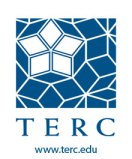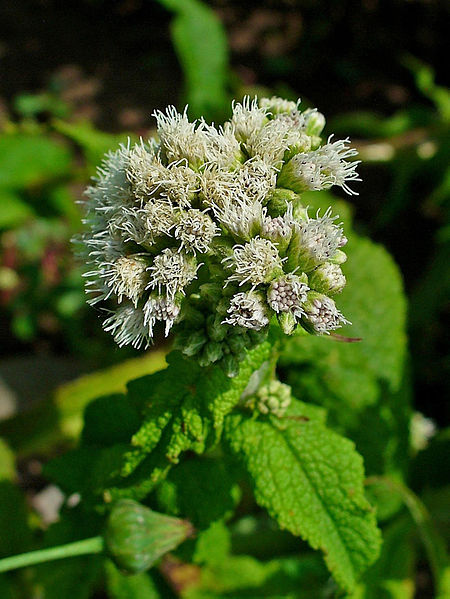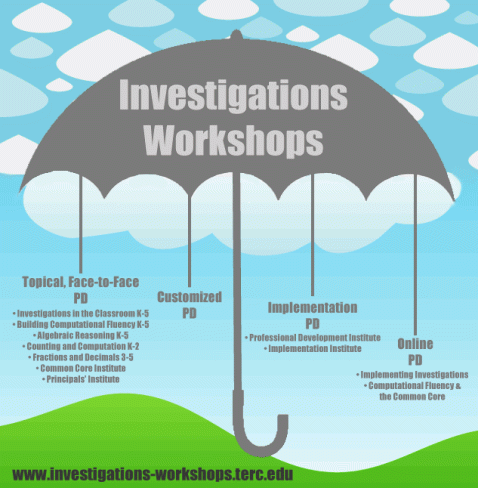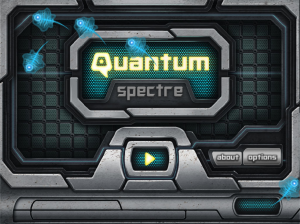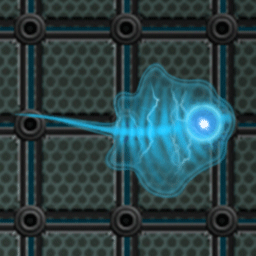Kacy Karlen for TERCtalks
In continuation from Part I of “Using Data Goes International with New Pilot from Kuwait’s Ministry of Education & MESPA“, TERC’s Diana Nunnaley shared her experiences after her first trip to Kuwait as a data PD provider for the Kuwaiti Ministry of Education’s Improvement of Educational Management and Professional Development (IEMPD) project. Under the direction of the Massachusetts Elementary School Principals’ Association (MESPA), Diana and the Using Data team are ushering in this new school management and leadership pilot in Kuwaiti public schools. She chatted with me about the first phase of data work, her perspectives on education reform, and the value of data-driven decision-making across oceans and continents.
TT: So were these Kuwaiti educators and administrators already using data in their schools?
DN: In the majority of schools, using school, district, and national data to improve student learning was a brand new concept. Even when we talked about what kinds of classroom assessments teachers were using, it had been—for the most part—a very linear process. Teachers gave a test; it was graded; it went into the grade book. They got national results, and principals and districts looked at those—a process which led administrators to the conclusion that they needed to reform the whole Kuwaiti education system. But in the schools and at the teacher level—it was altogether rare that teachers had unpacked those national results at all.
TT: Can you tell me a bit more about Kuwait’s public education system? Is it similar to the public education system in the United States, or are there some significant differences?
DN: Like most places, there is a broad range of educator and administrator knowledge and experience. I met some administrators and educators that were very knowledgeable and doing things based on research, similar to educators here. What I noted as the main challenge for educators and administrators was conveying the Kuwaiti national curriculum. It offers up extensive content and syllabus depth, but only allows for the ‘memorize and regurgitate’ model in schools. Kuwaiti educators and administrators want to move toward ways to engage students in more authentic learning.
The sense I get from the educators and administrators is that historically, the Kuwaiti public school system has been very top-down. Directives came from the Ministry of Education, and went through the district with very explicit instructions to teachers as to how to carry out learning standards. But there has been a cultural shift with their reform movement, and now the Ministry of Education is looking to principals to become instructional leaders in their schools, and work collaboratively with faculty to shape what teaching should look like, accompanied by new standards. With this new plan, faculty are being given more trust and more agency in the classroom.
TT: You mentioned national testing, but are there any nationwide standards movements like the Common Core, or the NGSS? What is the reaction/feeling around implementing national standards?
DN: That’s exactly where Kuwait is going. The Ministry of Education’s international team of experts coming from the Curriculum, Research and Quality Assurance education departments of Romania, Estonia, and Uzbekistan is rewriting the curriculum. The new content areas are Arabic, English, mathematics and sciences. Their vision is to educate internationally-competitive students, supported by an engaged and efficient leadership and including a sustainable, long-term assessment system.
TT: What are your thoughts on the currency and relevance of data-driven PD programming and decision-making internationally?
DN: Data is a tremendous catalyst for helping people to examine long-held assumptions and raise important questions around learning goals, shared understanding of teaching practices, and student outcomes. What we’ve seen as Using Data facilitators is when you start examining learning objectives by getting educators to analyze student and classroom data collaboratively, teachers have those ‘aha’ moments around what standards really look like in practice and what the best pedagogical strategies for impacting learning are.
Importantly, delving into data helps pave the way to vertical articulation conversations —where you have, say, 7th grade teachers noticing student issues around ratio and proportion from their data, and beginning a conversation amongst themselves that leads them to conclude that students are getting hung up on fractions. From there, they have the fodder to chat with their early elementary teachers about what is being introduced around fractions in terms of language, manipulatives, et cetera. So then you have your primary teachers entering the conversation—the result is that you get a more coherent version of what learning is like, K-12, and how elementary educators can help build formative understanding from grade-to-grade.
Using Data gets teachers away from being alone in their classrooms, trying to figure it all out on their own. Engagement with student and school (and even district and national) data promotes a significant change in school cultures—where there are more open lines of communication, better pedagogical decisions made, and better student outcomes.
TT: Thanks so much, Diana!
For more information on Using Data, please visit: usingdata.terc.edu and join in the data-driven conversation on Twitter @TERCUsingData.

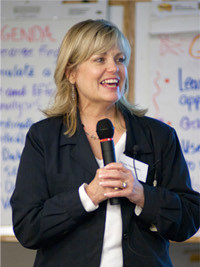
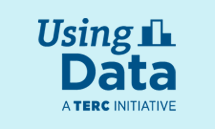
![A small fry culled from a big pond. By U.S. Fish and Wildlife Service [Public domain], via Wikimedia Commons](https://terctalks.files.wordpress.com/2013/07/sacramento_splittail_small_fish.jpg?w=600)

